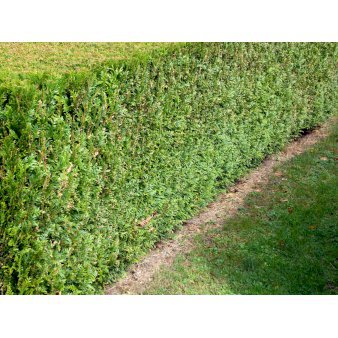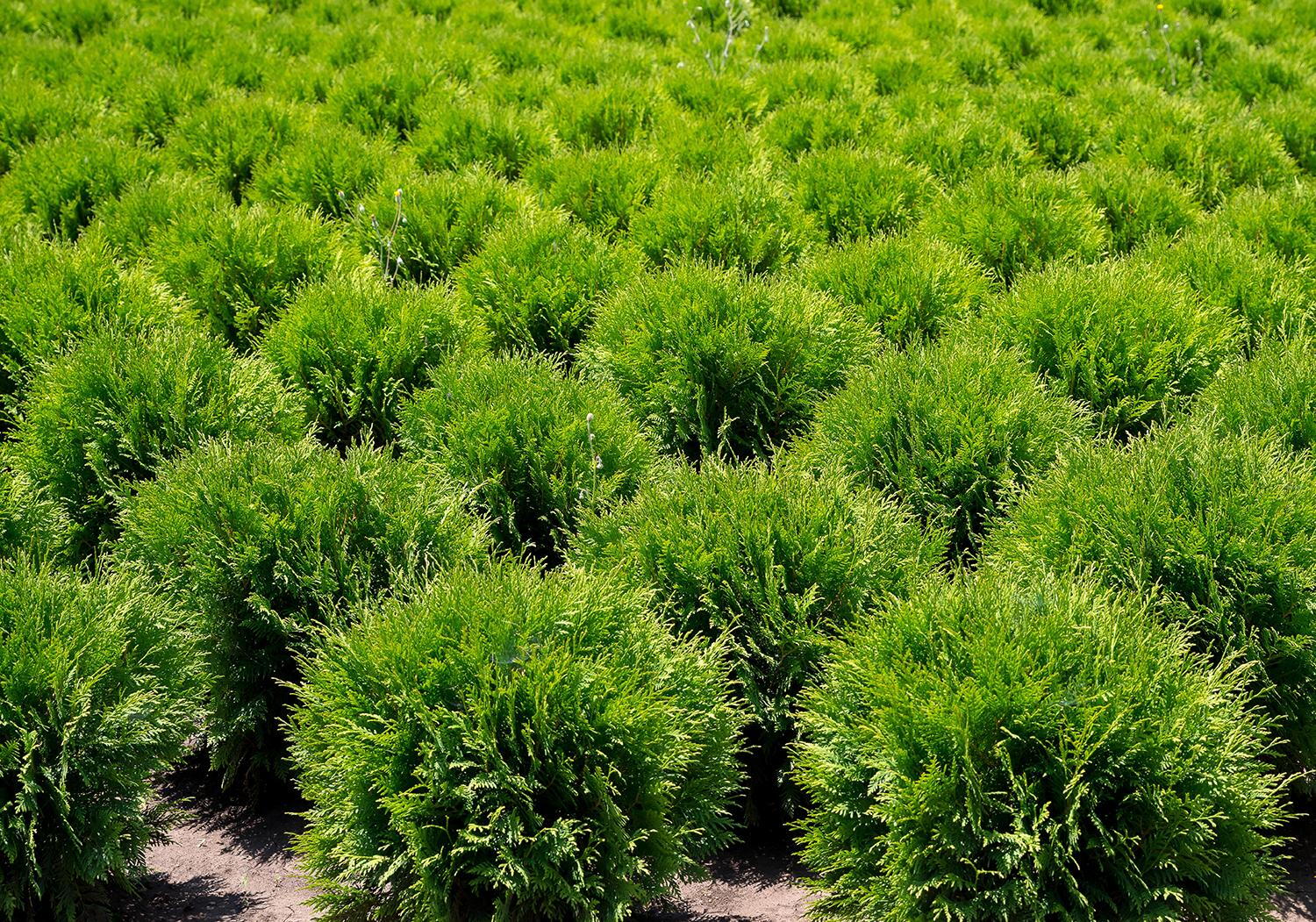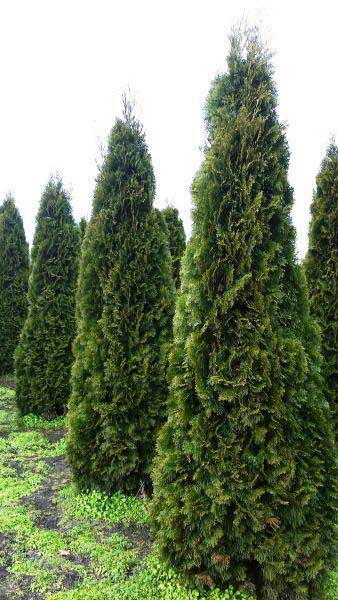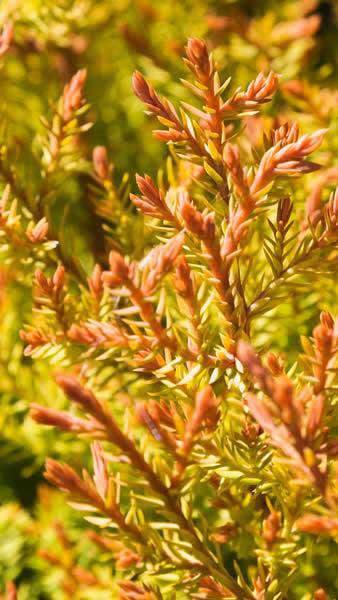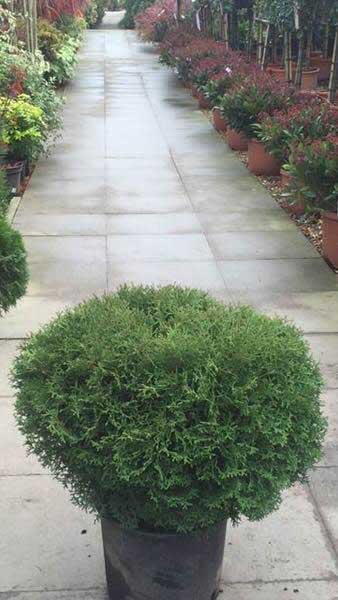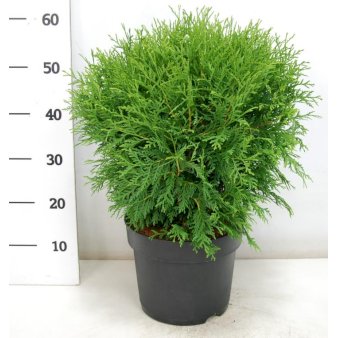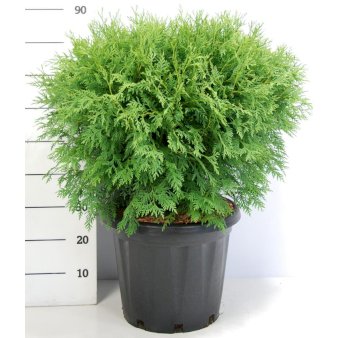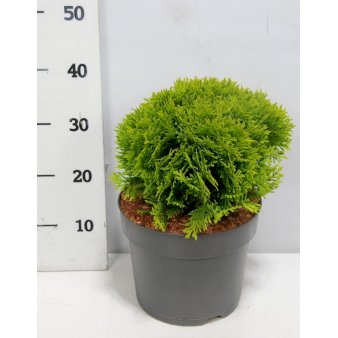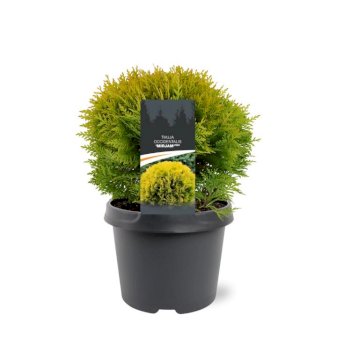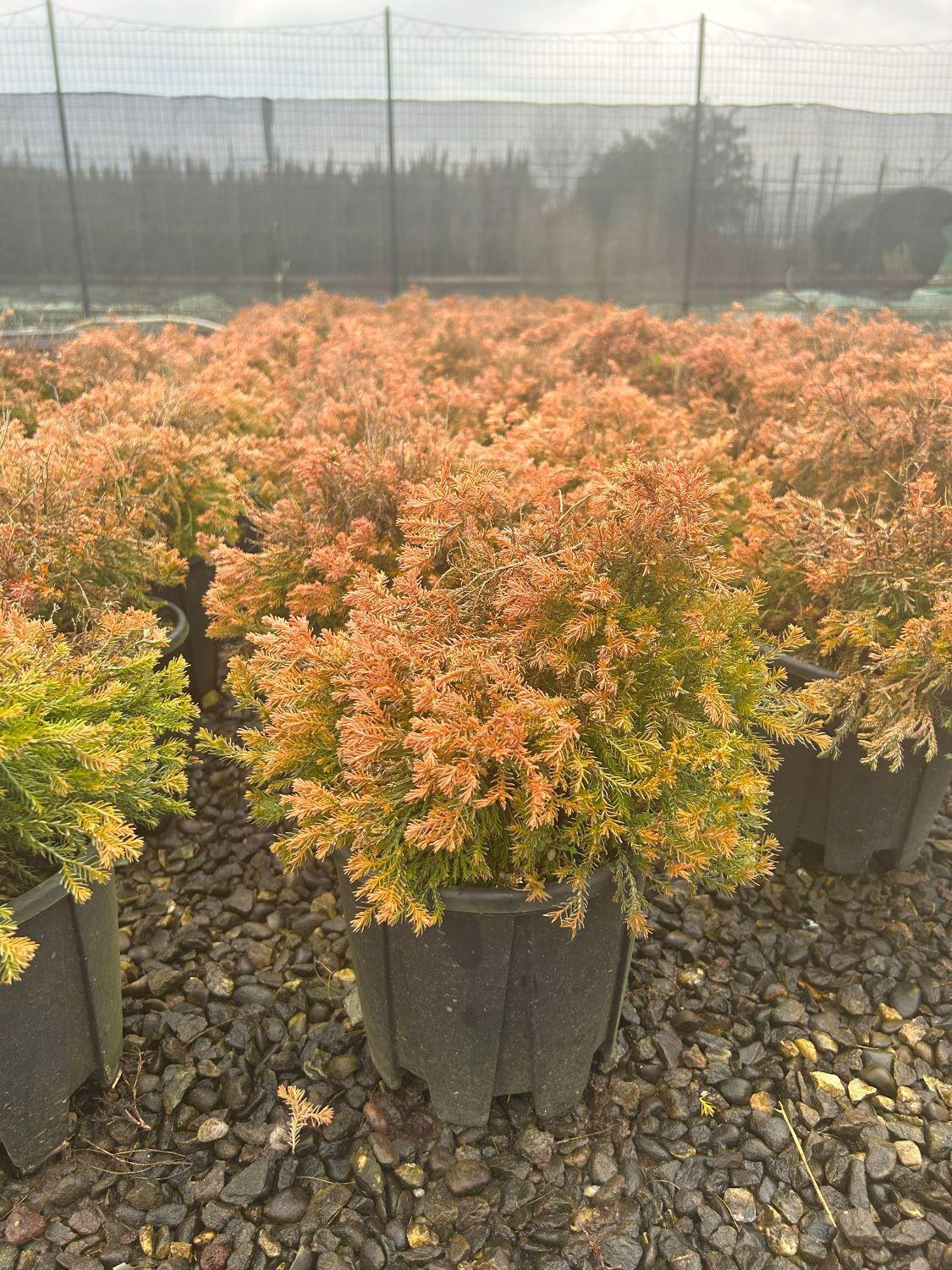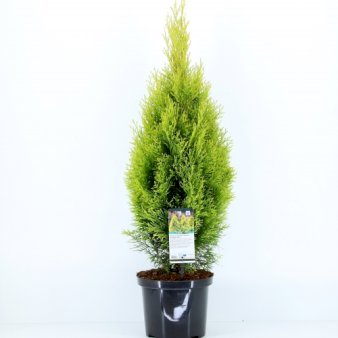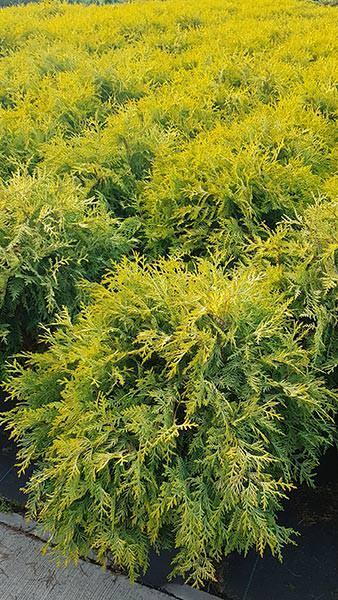
Mærke
- Svedberga Plantskola AB 2.689
- Plantetorvet 208
- Garden Plants Oline 127
- Kvalité: LQ 95
- Paramount Plants & Gardens 48
- Megyeri Kertészet – NYA 47
- Volentis 35
- Megyeri Kertészet – VAN 22
- Thujor.se 17
- Garden Plants Online 16
- HERING Srl 15
- Allergica 14
- DR.GIORGINI SER-VIS Srl 14
- BIOGROUP SpA SOCIETA' BENEFIT 13
- BOIRON SRL 13
- Megyeri Kertészet – ORO 13
- LAP Lambert Academic Publishing 12
- Landscape quality 11
- BOIRON Srl 9
- CEMON Srl 9
- Allergica Amba 8
- Megyeri Kertészet – SZK 7
- LA STREGA Srl 6
- BIOGROUP SRL 5
- Holistica-Medica Aps. 5
- Megyeri Kertészet – GUR 5
- Megyeri Kertészet – RUI 5
- Megyeri Kertészet – VOR 5
- NUTRILEYA Srl 5
- Alvilda 4
- Arkose Press 4
- CIEFFE DERMA 4
- CIEFFE DERMA Srl 4
- Lacoste 4
- Our Knowledge Publishing 4
- SITAR ITALIA Srl 4
- amagerblomster 4
- ARGITAL 3
- BRADERM DI BRACCILLI 3
- CANTASSIUM BENESSERE 1968 Srl 3
- FORLIVE Srl 3
- GARNA 3
- GIORGINI SER-VIS SRL 3
- Mühle Shaving 3
- Terranova Nutrition, UK 3
- ARCANGEA Srl 2
- ARGITAL Srl 2
- AcuPharma A/S 2
- BIOS LINE SpA 2
- BLISS AYURVEDA ITALY Srl 2
- BOIRON 2
- Discovery Publishing House Pvt Ltd 2
- Dutt Press 2
- ERBA VITA GROUP SpA 2
- ERBAMEA SRL 2
- ERBAMEA Srl 2
- FARMADERBE Srl 2
- Forlaget Alvilda 2
- LEGARE STREET PR 2
- Literary Licensing, LLC 2
- PALALA PR 2
- PHARMEXTRACTA SpA 2
- Springer Nature Singapore 2
- Springer Verlag, Singapore 2
- Strategic Book Publishing 2
- University of Michigan Library 2
- ALLIES OF SKIN 1
- ARCANGEA 1
- Allure 1
- BLISS AYURVEDA 1
- BLUFARMA 1
- BLUFARMA Srl 1
- Baehr 1
- Biologishe Heilmittel Heel 1
- Bloomingville 1
- Carhartt 1
- EOS 1
- EOS Srl 1
- GEOFARMA SRL 1
- GRICAR CHEMICAL Srl 1
- GRICAR CHEMICAL Srl soc. unico 1
- GUNA 1
- Game & Gun 1
- GreenOlive 1
- HarperCollins Focus 1
- Horseware Ireland 1
- LEGREN 1
- Laguiole 1
- Megyeri Kertészet – BOO 1
- Megyeri Kertészet – IFJ 1
- NATURE`S PLUS 1
- Nordicwoods 1
- OTI Srl 1
- Pharmaceris W 1
- Posterland 1
- Quarto Publishing Group USA Inc 1
- Standard 1
- marka niezdefiniowana 1
Farve
Størrelse
- (konténeres) 20/40 11
- (konténeres) 60/80 10
- 80-100 cm 10
- (konténeres) 40/60 9
- (konténeres) 100/125 5
- 3-3.5 m 5
- (földlabdás) 100/125 4
- (konténeres) 80/100 4
- 1-1.25 m 4
- 50 ml 4
Køn
Butik
- Svedberga.com 2.782
- Plantetorvet.dk 208
- Garden Plants Online 143
- Megyeri Kertészet 106
- Farmacia Reale FI 82
- Svedberga Plantskola AB 66
- FarmaWeb.it 60
- Paramount Plants 48
- Bogreolen.dk 21
- Tales.dk 21
- Naturoghelse.dk 19
- Helsebixen.dk 10
- Made4men.se 4
- Plusbog.dk 4
- amagerblomster.dk 4
- ren-velvaereshop.dk 4
- FARMA23.it 3
- Farmaciasdirect.es 3
- Garna DE 3
- Lundhede.com 3
- Made4men.no 3
- Dinapoteker.dk 2
- AB rideudstyr 1
- ABUD 1
- BOBOonline 1
- Designfund.dk 1
- LuisaViaRoma.com 1
- Modekompagniet 1
- Myhome-Shop.dk 1
- Nailshop 1
- Nordicwoods.dk 1
- Poster & Frame 1
- Purepharmacy 1
- gameandgun 1
- greenolive.dk 1
